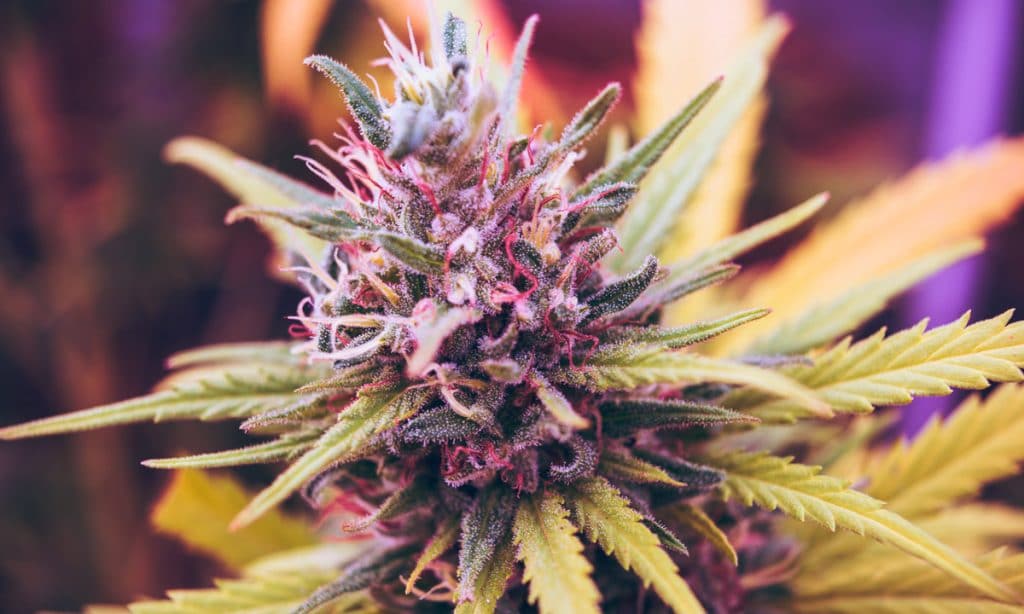
Once you start consuming marijuana, you start to learn that it’s a complex plant, with a lot going on in it. Experienced cannabis users know what they like and know how to get different results with the plant depending on factors like strain, terpenes and simply knowing what goes on in their bodies.
While marijuana is primarily green, there are many different shades ranging from lime colored buds to bright purple ones. Where do these come from and why is there so much variability? Plants have thousands of compounds that affect their shape and color. Temperature, time of harvest and other factors are big influences on the plant’s color.
RELATED: The Difference Between Marijuana, Hemp And Cannabis

Most plants are green due to chlorophyll, the main compound responsible for absorbing sunlight and completing the photosynthesis process. The cannabis plant falls under this spectrum. Strains that have dark shades, such as purple, red, blues and pinks are generally high in anthocyanins, a compound that appears once the plant matures. These types of plants are more likely to have stronger smells and are also very eye catching, which is why they’re so popular, particularly the purple ones.
Colors like orange and yellow are produced by carotenoids, which are present in vegetables like squash, sweet potatoes and pumpkins. These chemicals tend to appear in plants that grew in alkaline soils.
RELATED: How To Find Quality CBD Amid The Craze
While the colors in marijuana make for more attractive plants on a visual level, perhaps influencing the way in which they smell or feel, the drug’s effects aren’t generally altered.
When consumed, these different colors may give your body some of the perks (like vitamins) that these chemicals are known for, maybe even increasing cannabis’s entourage effect.




